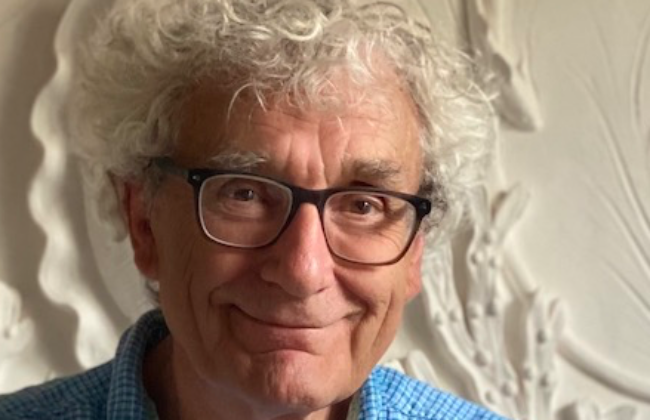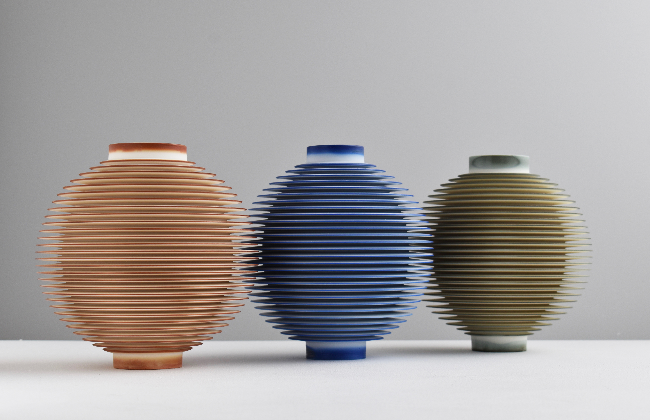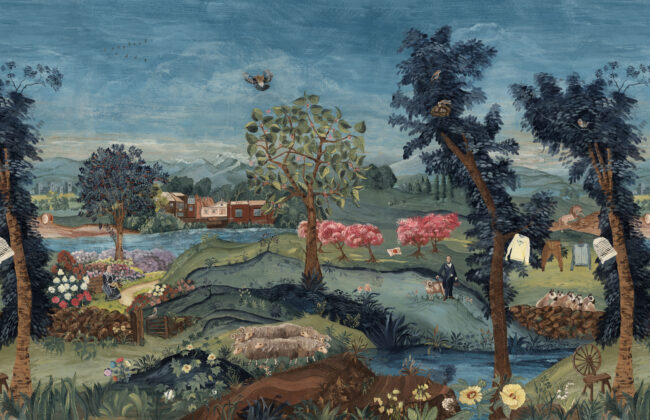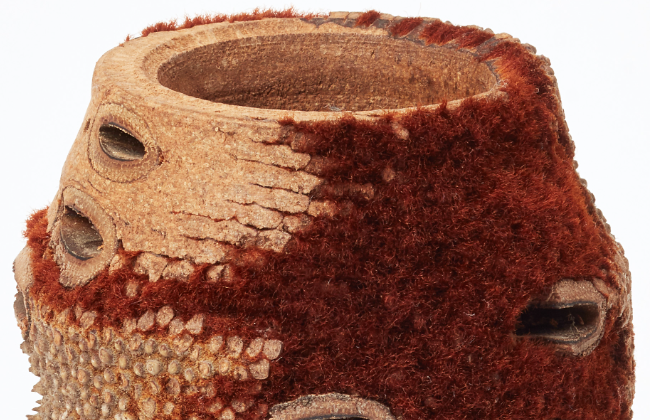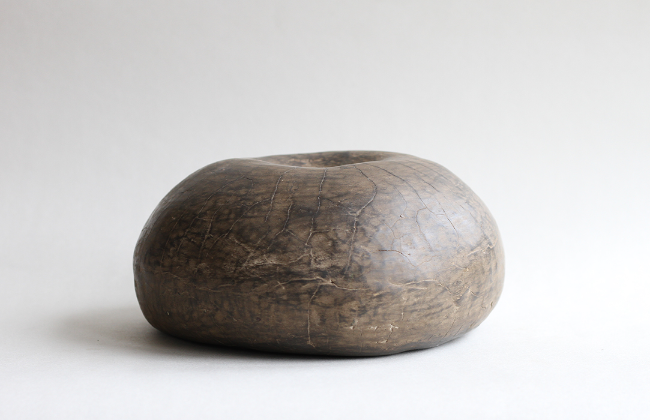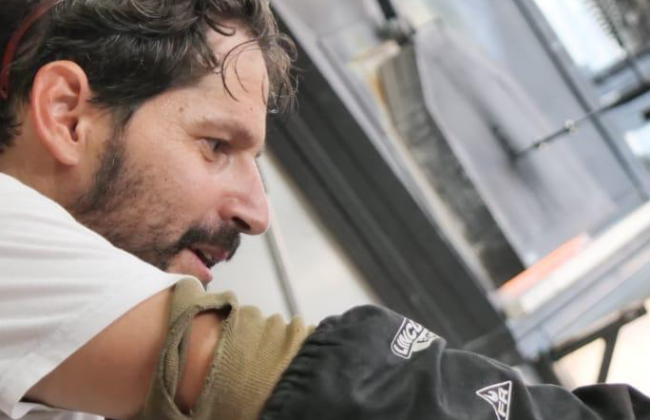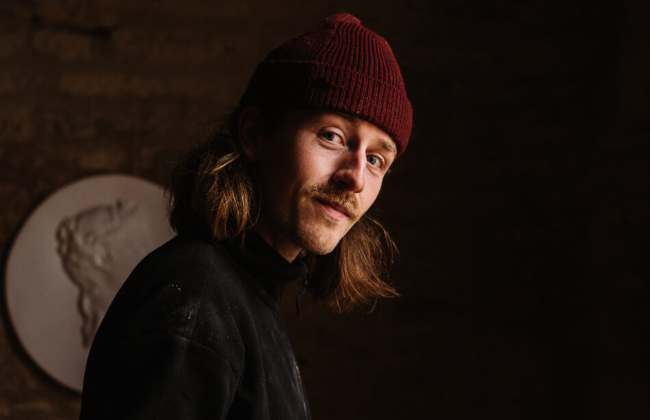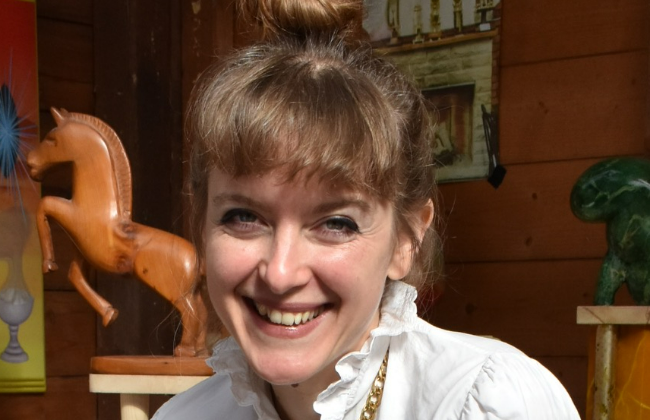About
Geoffrey Preston is one of the UK’s leading architectural sculptors, specialising in the historic skill of modelled plasterwork. In the final Birthdays Honours List of HM Queen Elizabeth II, he was awarded a MBE for services to stucco and plasterwork.
He is a Master of traditional plaster-relief techniques who draws on eighteenth-century decorative art and sculpture, but combines it with his contemporary eye for design. He cites Giacomo Serpotta of Sicily and Egid Qurin Asam of Bavaria as two of the greatest influences on his work, both of whom stretched the boundaries of what people thought possible to sculpt in plaster during the Late Baroque period.
While Geoffrey has previously been commissioned for restoration projects in great country houses – he led the conservation of the stucco when Uppark House was almost destroyed by fire in 1989 – he prefers not to replicate exactly what was there before, instead incorporating favourite birds, flowers or motifs of his clients in order to continue the personal narrative of the building. He happily accepts contemporary architectural commissions, such as the Bar and Lounge of The Goring Hotel in London, where he and his team created a wall of high-relief, sculptural plasterwork depicting mythical sea creatures and marine life – the latter inspired by the work of nineteenth-century zoologist and artist, Ernst Haeckel. For the re-launch of Annabel’s club in 2018, he created a horse-size Flying Unicorn hanging over the club’s stairwell. No wonder he has been credited by ‘Country Life’ magazine for creating ‘the most inspiring plaster decoration of modern times’.
Geoffrey originally studied Sculpture at Hornsey College of Art, before training as a stonemason and carver and subsequently launching his own conservation businesses. In 2000, he moved to Devon to set up his workshop creating sculpture and decorative plasterwork.
He has recently found a rich seam of inspiration in the modelling of flowers and leaves in 18th century plasterwork and their representation in other decorative arts, from the flowers of chintz textiles to the painting of Sèvres and Nymphenburg porcelain. His work explores flower forms in their wonderful variety and is joyfully and expressively modelled.
